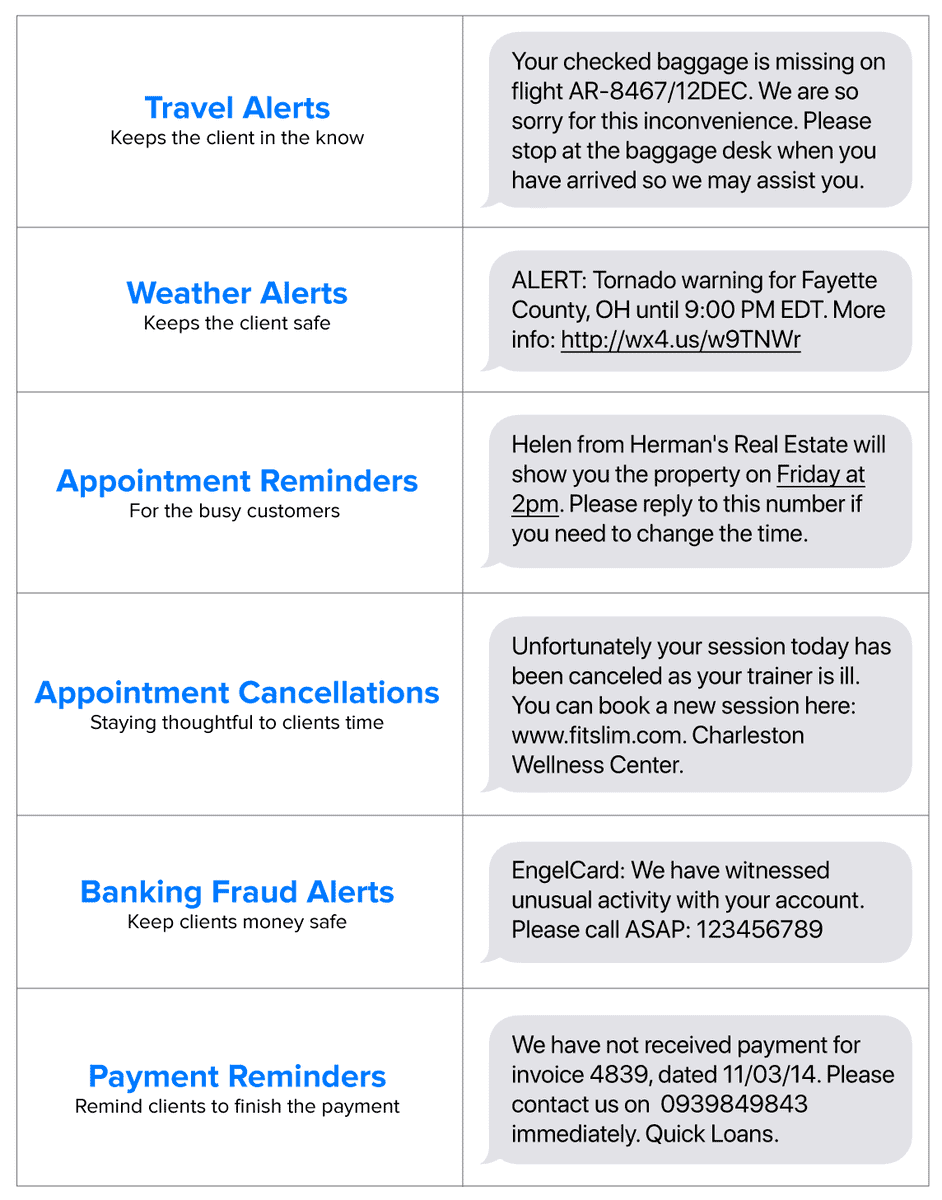In 2018, creating an app for your business is no longer in question. As it was mentioned earlier on the blog, 48.7% of people consider “shopping via apps” a primary reason to use their phones. That’s why building a successful application is paramount for achieving higher revenues.
Push notifications are a good way to increase user engagement with the app and the business in general. Almost 50% of users are inclined to use the app more after receiving push messages that are in line with their stated preferences.
On the other hand, SMS notifications with their incredible open rate of 98% can also be a handy promotional tool for businesses. With the rise of messaging apps, many might see SMS as a dinosaur on the edge of extinction. Yet, according to the Mobile Messaging Report by Mobile Ecosystem Forum, text messaging remains third in terms of global reach.

So how do you know when it’s best to use push or SMS notifications, or even both? Let’s take a peek at their basic features and compare how easily customers can opt in/opt out to receive push notifications.

Takeaways:
- Use SMS notifications only to send urgent messages so that the customers receive them even when there is no internet connection. For example, they are abroad with no cellular data plan, or somewhere with a poor signal.
- Use push notifications for marketing purposes, sales offers and in-app notifications that are not as time-sensitive.
This way SMS and push notifications will not get in the way of one another, and it will save your customers from being bombarded with all these messages.
Let’s go over some examples of using both SMS and push notifications:
SMS notifications
Simple SMS notifications can contribute a great deal to customer loyalty. For example, when a person receives an SMS appointment reminder, they feel like you care. You, in turn, save yourself the trouble of suffering from no-shows. Banking and travel alerts help customers in emergency situations, which also builds up trust for your business. So, while SMS notifications don’t directly promote your company, they help make sure the customers stay with you.
Here are a few examples to consider:

(see a more extended list of SMS templates here)
Push notifications
If used the right way, push notifications can be a great way to market a business or a product, and retain customers. To make sure your efforts don’t go down the drain, follow these best practices:
- Send notifications based on the user’s stated preferences.
- Make them personalized.
- Make them actionable. It should be clear for a person what they have to do next.
Here are a few examples to consider:

In a nutshell, use both SMS and push notifications, but do it wisely. They have to complement each other, not be sent one on top of another. Of course, it’s hard to learn the balance right from the start. You will have to experiment to get to know the best frequency and timing. But, as it was mentioned above, try to save the marketing for push notifications, and use SMS notifications for urgent alerts only.
The above tips and templates should be enough for you to get the ball rolling. Good luck!
